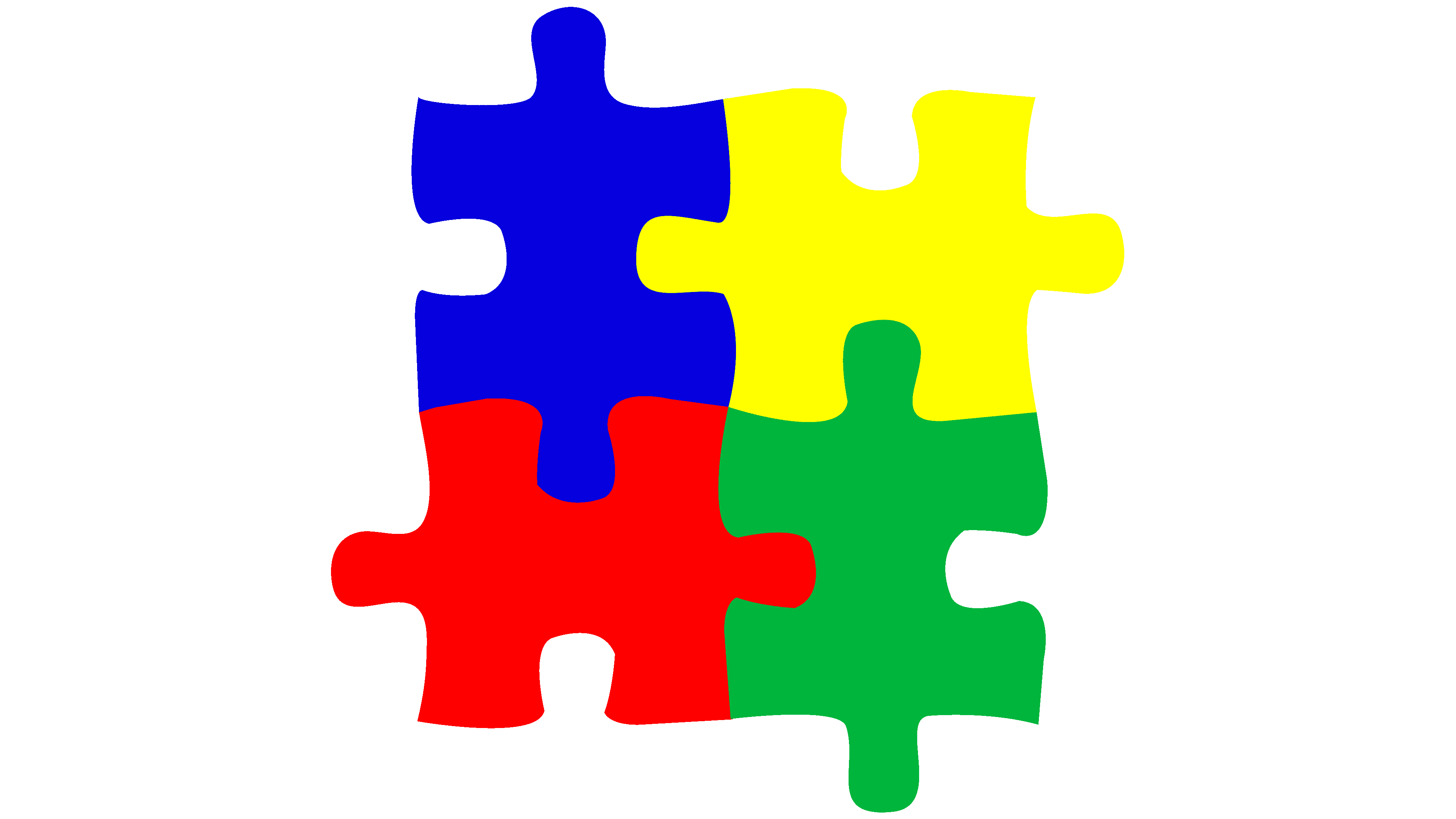The Influence of Early Intervention on Children with Autism: What Parents Need to Know
The Influence of Early Intervention on Children with Autism: What Parents Need to Know
Blog Article
Exploring Autism: Techniques for Efficient Interaction and Communication
Effective interaction and interaction with people on the autism spectrum require an extensive understanding of their one-of-a-kind requirements and choices. The ins and outs of these approaches disclose further factors to consider that merit exploration, particularly in exactly how they can be adjusted to individual experiences and varied contexts.
Understanding Autism Spectrum Problem
Autism Spectrum Condition (ASD) encompasses a variety of neurodevelopmental conditions identified by challenges in social communication, interaction, and repeated habits. The term "range" reflects the varied indications and varying degrees of extent experienced by individuals with ASD. While some may display substantial impairments, others may present high-functioning traits, enabling for better freedom in day-to-day live.
The beginning of ASD commonly occurs in early youth, with indicators frequently identifiable by age 2. Very early indicators may consist of delayed speech advancement, minimal eye contact, and difficulties in comprehending social hints. The precise etiology of ASD remains unclear, research recommends a mix of ecological and hereditary aspects plays a critical duty in its growth.
People with ASD commonly have special staminas, such as increased interest to detail and outstanding memory skills. They may struggle with recognizing abstract principles and handling modifications to routine - autism. As an outcome, treatments and support tailored to specific requirements are vital for fostering interaction and social abilities. Recognizing the intricacy of ASD is crucial for promoting awareness, approval, and efficient methods that promote significant interactions with people on the spectrum.

Relevance of Clear Interaction
Efficient communication is vital for cultivating understanding and link, especially for individuals with Autism Range Condition (ASD) Clear communication not just assists in social interactions but additionally improves the individual's capacity to reveal their needs, feelings, and thoughts. For people with ASD, the nuances of language can typically be testing; as a result, using distinct and simple language is important.
In addition, clear communication helps in reducing frustration and stress and anxiety that may develop from misunderstandings. When messages are communicated in a regular and direct fashion, individuals with ASD are better outfitted to translate details accurately, which can dramatically enhance their social interaction and engagement in various setups.
Developing routines and utilizing aesthetic supports can even more strengthen clear communication. These methods give individuals with predictable structures that assist comprehension and retention of info. Furthermore, proactively listening and being individual throughout communications promotes a supportive atmosphere where people with ASD really feel valued and understood.
Ultimately, prioritizing clear interaction not just encourages people with ASD but also promotes even more significant links with their peers, caretakers, and the wider community, leading the way for joint partnerships and comprehensive interactions. - autism
Non-Verbal Communication Techniques
Communication extends beyond words, and for individuals with Autism Spectrum Disorder (ASD), non-verbal cues play a significant role in interactions. Non-verbal communication techniques can include face expressions, motions, body movement, and eye call, every one of which offer as crucial elements for communicating emotions and objectives.
Understanding and analyzing these non-verbal signals can boost communications with individuals with ASD. A warm smile or open posture can produce a welcoming atmosphere, motivating engagement. Similarly, using visual aids-- such as picture cards or icons-- can connect communication gaps and aid communicate messages much more efficiently.
It is also essential to be mindful of individual space, as people with ASD may have various comfort levels pertaining to distance. Observing their responses to physical nearness can inform proper adjustments.

Producing Supportive Atmospheres
Producing a supportive atmosphere is important for fostering favorable interactions and boosting the wellness of people with Autism Spectrum Disorder (ASD) Such atmospheres can considerably lower stress and anxiety and create a feeling of safety, permitting individuals to share themselves much more openly.
To achieve this, it is important to think about sensory sensitivities that individuals with ASD might experience. Customizing the physical room to include soft illumination, minimal background sound, and comfortable seats can develop a soothing ambience. Additionally, utilizing consistent routines and clear aesthetic schedules can help people prepare for transitions and minimize uncertainty, further advertising convenience.
Social spaces must be structured to decrease overwhelming stimuli while giving opportunities for interaction in preferred activities. Promoting areas designated for peaceful time can additionally function as a haven throughout moments of stress. Importantly, including elements of choice equips people, allowing them to exercise agency in their atmosphere.

Motivating Social Communications
Promoting social communications among people with Autism Spectrum Condition (ASD) calls for intentional approaches that prioritize convenience and involvement. Establishing foreseeable routines can help in reducing stress and anxiety, making social setups more approachable. Developing structured atmospheres with specified duties and roles enables people to engage without the frustrating stress of unstructured social dynamics.
Including interests and toughness into social tasks can offer as a catalyst for interaction. Arranging team tasks around shared hobbies or topics of fascination can assist in look at here now all-natural discussions and connections. Furthermore, using aesthetic assistances, such as social manuscripts or photographic schedules, can help in comprehending social signs and assumptions.
Modeling suitable social habits is critical - autism. Adults and peers should demonstrate efficient interaction methods, consisting of energetic listening and here are the findings turn-taking. Role-playing circumstances can also provide a safe space for individuals to practice these skills
Lastly, promoting peer connections with inclusive methods is necessary. Urging comprehensive playdates or group outings can produce opportunities for socialization in a comfortable setting. By executing these strategies, instructors and caregivers can dramatically improve social interactions for people with ASD, promoting their overall social growth and wellness.
Final Thought
To conclude, effective interaction and interaction methods are important for sustaining individuals with Autism Range Disorder. Stressing clear language, integrating non-verbal cues, and developing foreseeable regimens significantly improve involvement and decrease anxiousness. Creating helpful settings fosters risk-free social communications, while encouraging shared rate of interests promotes meaningful connections. Inevitably, these strategies empower people with autism to browse social landscapes, advertising their overall wellness and making it possible for the growth of long lasting connections.
Efficient interaction and communication with people on the autism range require a detailed understanding of their one-of-a-kind demands and choices. Clear interaction not just promotes social communications yet also enhances why not try these out the person's capacity to share their requirements, feelings, and thoughts.Fostering social communications amongst people with Autism Range Condition (ASD) needs deliberate techniques that prioritize convenience and involvement. By carrying out these caretakers, instructors and techniques can substantially enhance social communications for individuals with ASD, promoting their total social advancement and well-being.
In verdict, efficient interaction and communication techniques are crucial for sustaining individuals with Autism Range Disorder.
Report this page